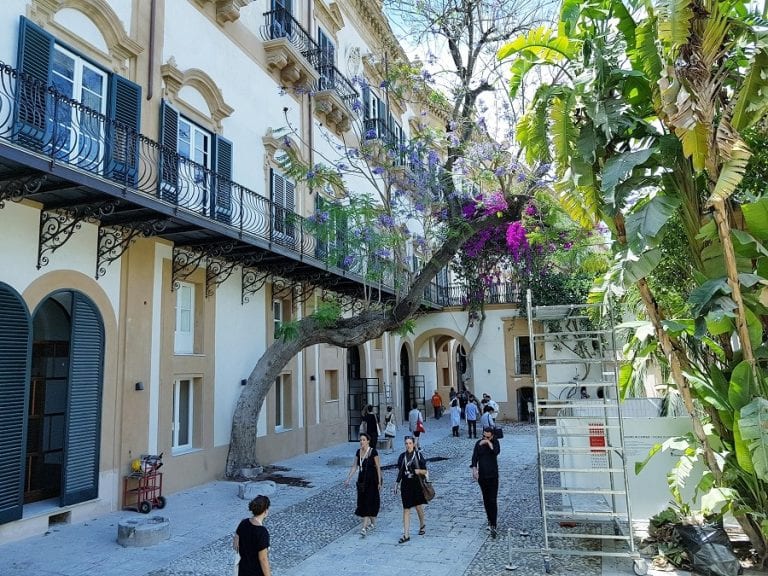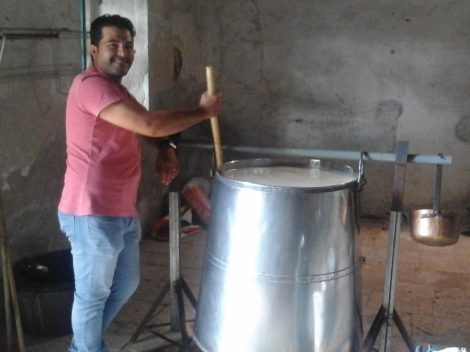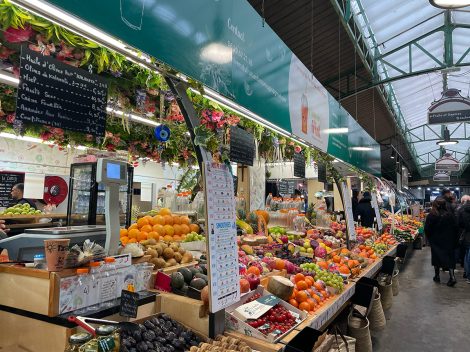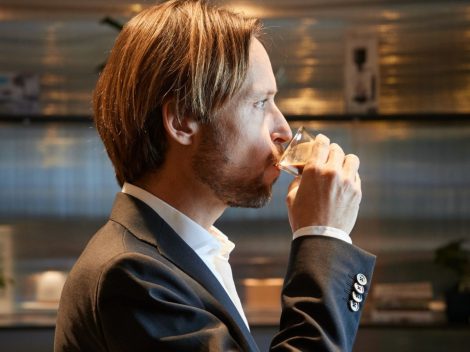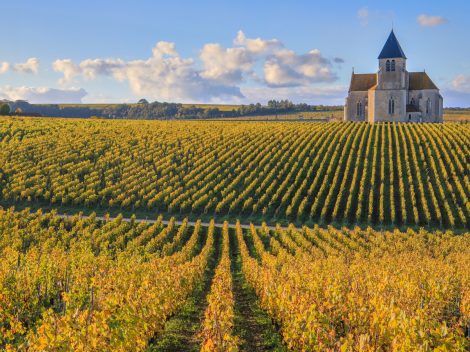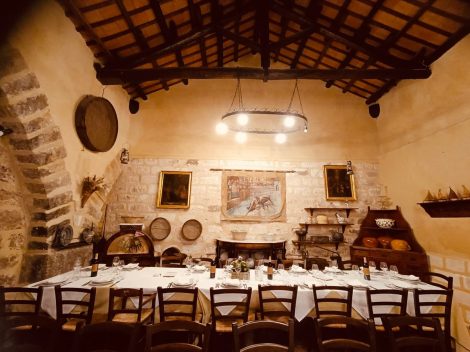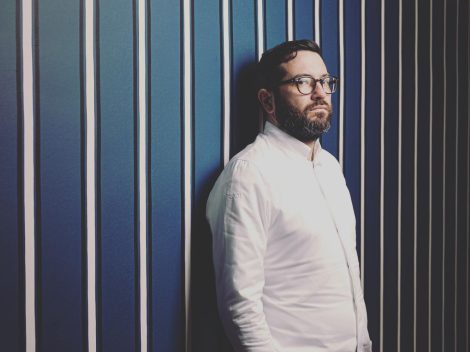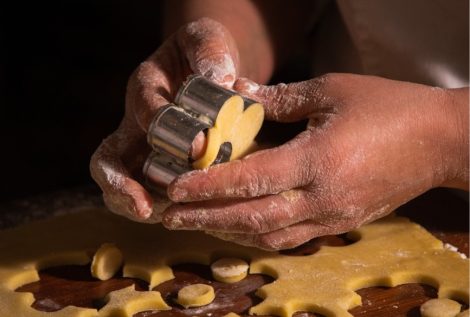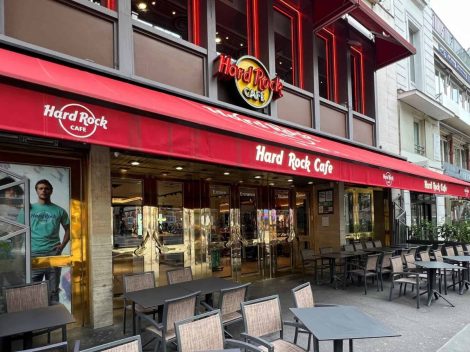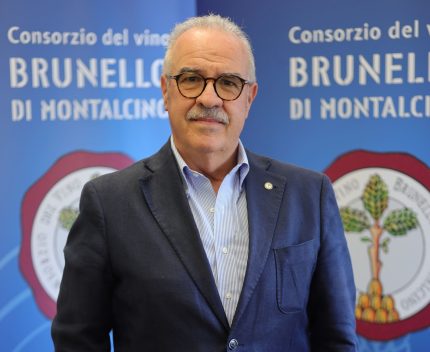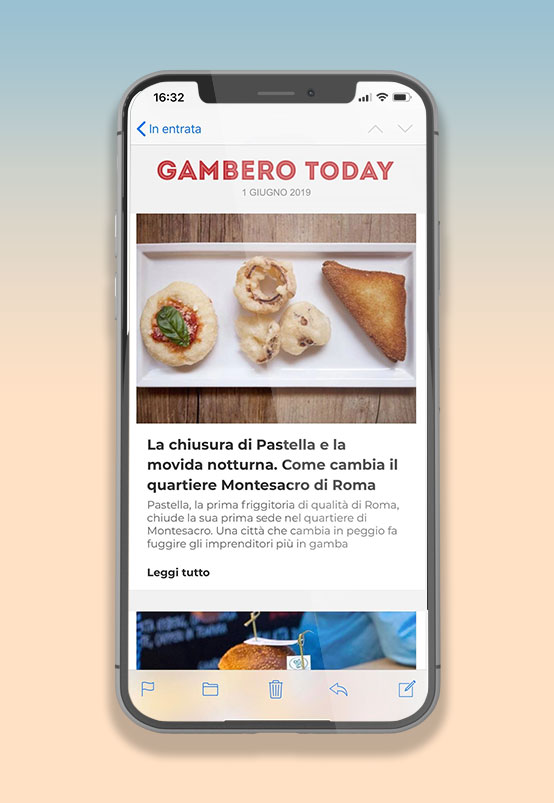The synergy between enlightened cultural investments and wide-ranging food projects seems to prove that finally, slowly, also in Italy, given the specificity of our country, this kind of partnership should be be a given (the latest was the project of the Cerasi family at Palazzo Merulana in Rome, but the real coup de theater of 2018 brings us to Florence, in the Gucci maison, with Osteria by Massimo Bottura). Especially when it comes to restoring city spaces otherwise closed and destined to oblivion, and instead necessary to rediscover wonders at risk of being lost. Palazzo Butera, in Palermo, is one of these extraordinary places, in a city that this year best holds the title of Italian Capital of Culture. A city in turmoil that rediscovers its incredible heritage, and wants to share it with others. The traveling biennial of contemporary art Manifesta, which until next November will animate 30 key areas of Palermo, is a good opportunity to discover with our own eyes. An opportunity to browse through historic spaces that still have so much to say.
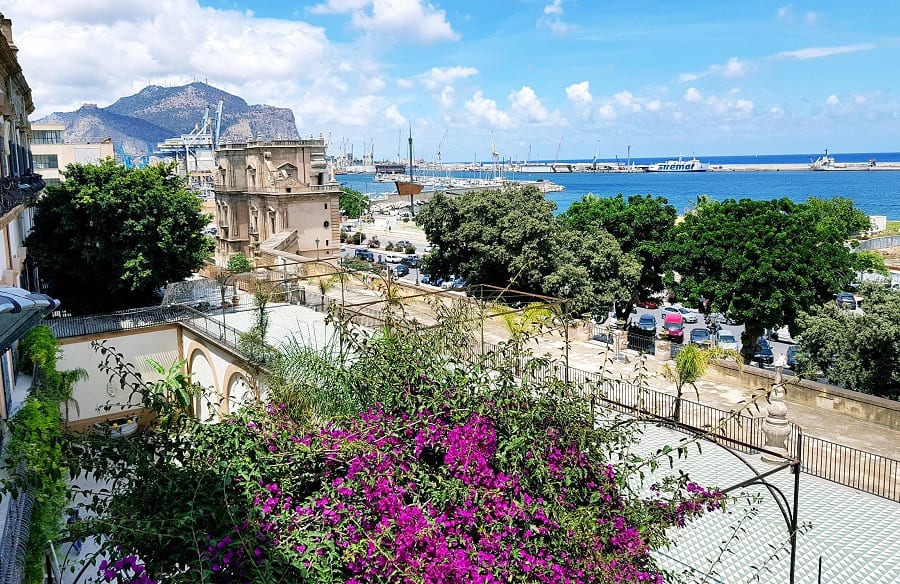
The rebirth of Palazzo Butera
At the entrance of the Kalsa district, facing the sea and a terrace overlooking the port and the Passeggiata delle Cattive, the residence of the Branciforte family (Princes of Butera) prospered during the 18th century until it took on monumental dimensions, second in size only to the city's Royal Palace. It was then that a team of famous painters and artists was commissioned to decorate vault ceilings and walls with figurative scenes, architectural quadratures and trompe l'oeil. And in fact, the palace, which remained among the Branciforte family's properties until 2015, ended up representing, together with adjacent Porta Felice, an unmistakable scenic landmark for those entering the city and leaving the sea behind them. Until a few days ago, however, the complex was closed to the public, now it lives again thanks to the intervention of the Lombard entrepreneur and collector Massimo Valsecchi, who in 2016 purchased it allowing for an ambitious restoration effort. The objective of which is turning the historic residence into an art gallery open to the public: a museum space unique not only for the beauty of the container, but also for the value of Valsecchi and his wife Francesca's private collection which brings together works of ancient and contemporary art, including artists like Annibale Carracci and Andy Warhol, archaeological artifacts and opop design objects. Despite this the collection wandered for a long time before finding a final destination: it's known that the collectors had intention of donating to Mudec, unsuccessfully.
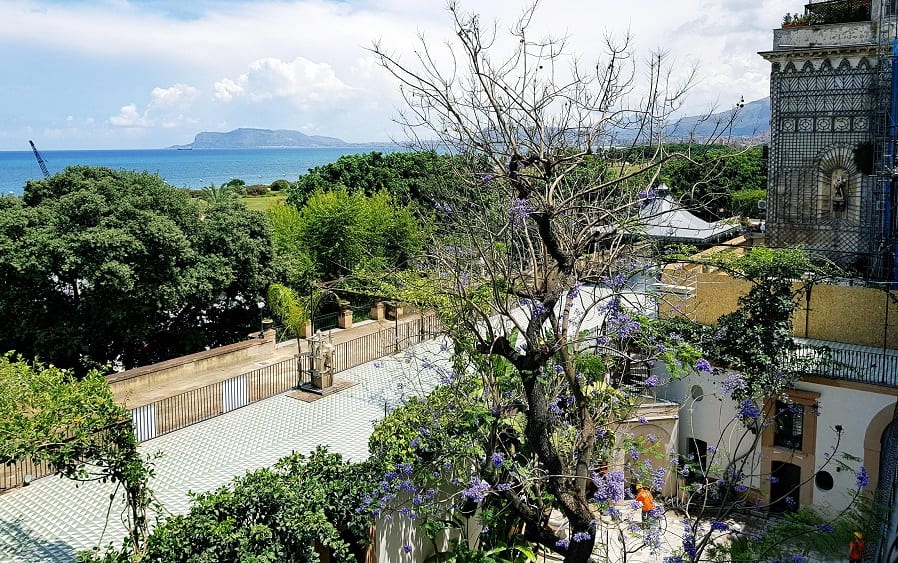
Le Cattive. Wine, coffee and cuisine at the museum
The restoration is still underwat and will be completed next year, but on the occasion of the Manifesta event, the "construction site" will be unveiled for the first time, as part of the site specific biennial circuit. When the project entrusted to the direction of engineer Marco Giammona will be completed, the space will fully show its immense potential: 7 thousand square meters overlooking the Foro Italico, a floor exclusively dedicated to exhibitions, one to the permanent collection, another to the artistic residents.
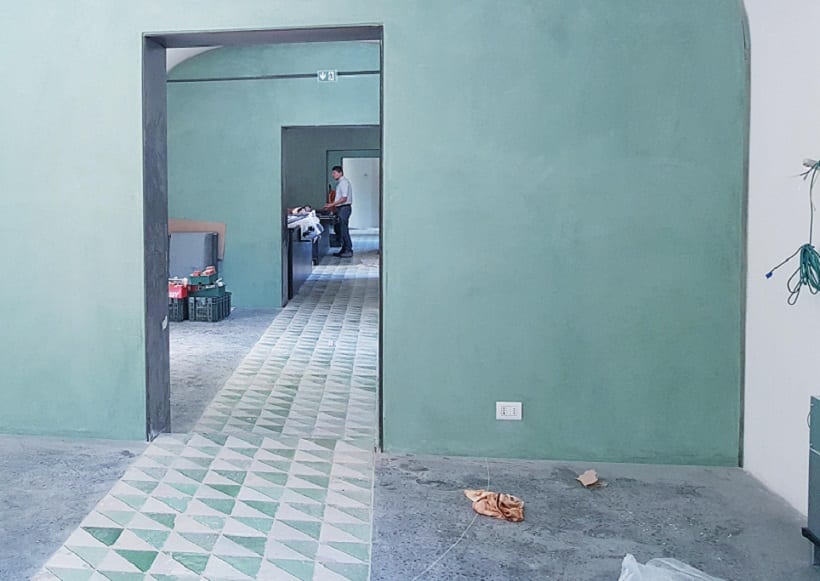
In addition to this, also a museum dining project under the signature of Tasca d'Almerita. The culinary endeavor promises great things, and already open at the end of June. Coffee, wine and cuisine, with the profile of a multifunctional space, Le Cattive (named after the promenade whose name is inspired by the pain of the widows, the captivae, who could discreetly dmourn their dead spouses) will be part of the awakening of this dormant space destined to become a cultural hub symbolic of the city's renaissance. The Sicilian wine family's venue (the group's estates are five, Salina and Etna, the island of Mozia and the province of Palermo, with Camporeale and the Regaleali headquarters) will live from morning to evening, started with breakfast, quick lunch, a cocktail or a glass of wine that narrates of Sicily through native vines. The entire culinary proposal, entrusted to young chef Daniele Olivastro (30 years old, from Palermo, graduated from Alma and with training in London under Heston Blumenthal, before returning to Palermo to work in well-known restaurants in the city) will focus on the added value of territory and extensive local tradition becoming a source of creative inspiration, equally supporting the ambition of a space that wants to be a source of ideas and a place open to discussion. Additionally, craftsmanship will play a fundamental role, with the careful selection of locally sourced ingredients and historical research on recipes of the past, from the cooking of the Monsù to the peasant food of the hinterland, as well as inspiration coming from the sea.
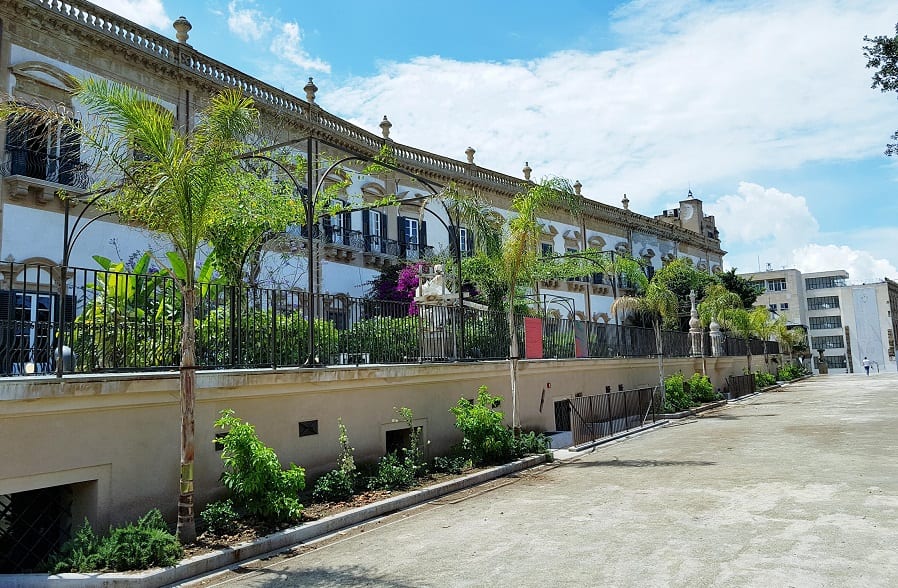
At the entrance is the large bar counter, on the right is the the restaurant dining room, on the left coffee tables, at the far end is the wine cellar. The highlight will be the outdoor dining area along the Passeggiata delle Cattive, where a vegetable garden of aromatic herbs is already taking shape. Thus, this building, conceptually conceived to close the view of the sea to the city of Palermo, revolutionizes to some extent, glancing at the Tyrrhenian Sea, no longer turning its back on it. It's no coincidence that the main restaurant entrance is on the promenade, once again open to the public, and no longer in the the courtyard.
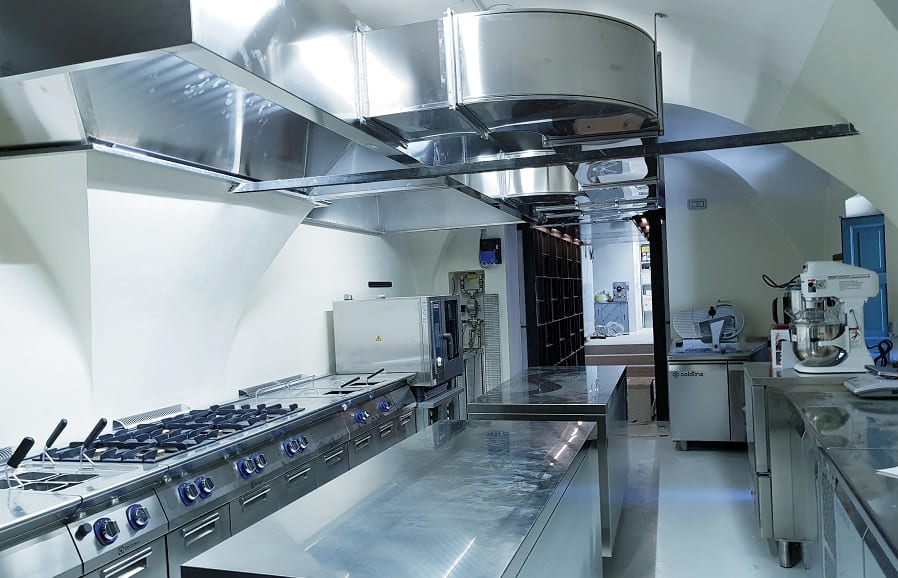
The large kitchens, designed not only to meet the needs of the restaurant, but also support in the case of the museum's catered events and banquets. Under the direction of Luigi Pavesi, coming from the Capofaro Malvasia & Resort of Tasca d'Almerita the venue will follow the museum's opening hours daily, starting at 10 am, with the opportunity in the future of hosting tastings and cooking lessons.
Meanwhile, throughout the summer and until the end of the Manifesta event, Tasca d'Almerita will be a partner of the event with its "aperitifs for the mind". Cogito is the name of the itinerant cycle of aperifi time meetings, brainchild of Francesca and Alberto Tasca d'Almerita, in anticipation of finally enjoying the space upon completion of the renovation.
by Livia Montagnoli
translated by Eleonora Baldwin

